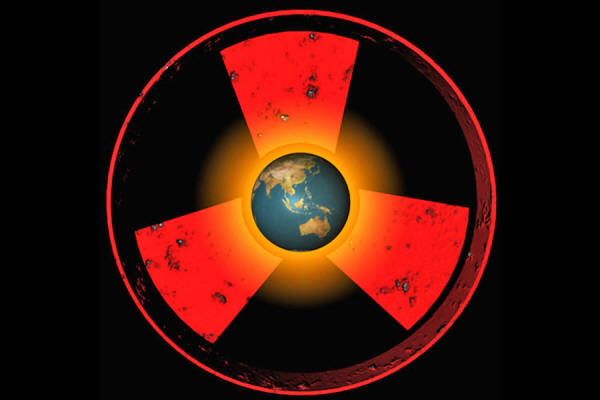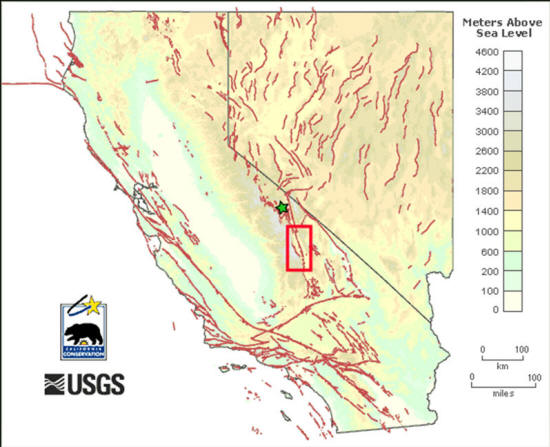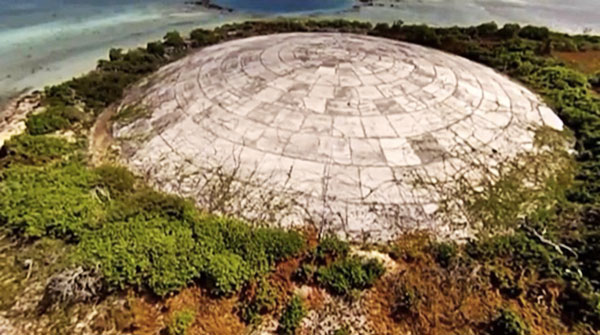|
November 29, 2017
It's not often addressed in mainstream news, but whether or not we see nuclear war, the future of our existence is most likely to be radioactive doom.
And while the disaster at Fukushima has made some headlines in recent years, the world's radiation problem is far worse than what is being acknowledged.
According to the Nuclear Energy Institute, there are close to 500 nuclear reactors on planet earth, and the number continues to grow. Accompanying these sites is are the requisite nuclear waste dumps, which also include dumps for weapons and other military testing.
Spent fuel rods, of the kind used in nuclear power plants like Fukushima, have a half-life of 220,000 to 15.7 million years, meaning there all of the fuel rods being used today will far outlive the human race in radioactivity.
Storage of spent radioactive material is criminally negligent in many cases, and delusional in so far as humans can absolutely not predict, nor negate, the long-term possible impacts of weather and natural disasters on active plants and storage facilities.
Active faults in California and Nevada.
The Owens Valley fault zone is outlined in red;
Figure modified from one by USGS
In the U.S. there is an alarming situation already emerging as annual production of radioactive waste outpaces storage capacity and many facilities are winging it with overcrowded containment pools.
As Scientific American says, it is a trash heap that will be deadly for 250,000 years, Assuming, of course, that we are somehow able to manage these facilities for that long, and, that nothing goes wrong, like a major earthquake.
This is purely delusional thinking, of course.
The Real Threat of Climate Change is Nuclear
During the U.S. Military's nuclear weapons testing in the South Pacific after World War II, a giant concrete tomb was constructed in the Marshall Islands to hold radioactive waste.
The facility on Runit island is already leaking, a result of cutting corners during construction for lack of budget.
Around the world, though, nations are dumping and storing radioactive waste wherever they can, typically in near-surface disposal facilities, or in deep geological disposal facilities, both of which are susceptible to earthquakes and sea level changes.
Runit island
This has been happening for decades, and the nuclear industry is still seeking options for providing,
Meaning that what we have now is admittedly insufficient.
Yet the industry continues to proliferate, even though in places like Fukushima and Runit Island we can already see how this big idea does not work.
Final Thoughts
The definition of insanity is,
Some define it as doing the same thing over and over again while expecting different results.
Unleashing nuclear energy, then living in denial about what we have created is definitely insane.
|




